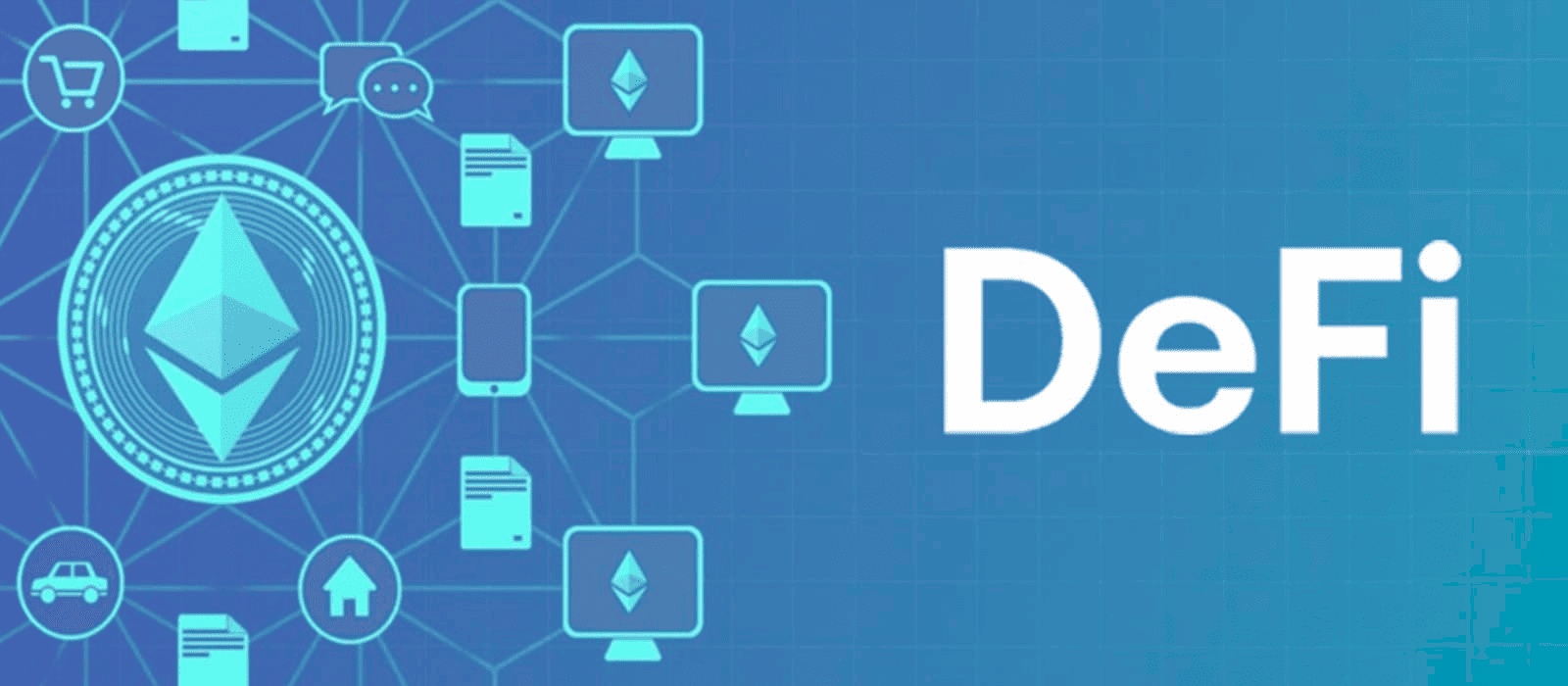Introduction to Ethereum: What is Ethereum and Why is it Important?
Ethereum is a decentralized platform that enables developers to build and deploy smart contracts and decentralized applications (DApps). It was proposed by Vitalik Buterin in 2013 and launched in 2015. Ethereum’s importance lies in its ability to facilitate trustless interactions over the internet, allowing for the automation of processes without the need for intermediaries.
At its core, Ethereum operates on a blockchain, a distributed ledger that records all transactions across a network of computers. This technology ensures transparency, security, and immutability, making it ideal for various applications beyond cryptocurrency. The Ethereum network has given rise to an ecosystem of financial services, digital assets, and governance systems that empower users worldwide.
Key reasons why Ethereum is significant include:
- Enabling the creation of smart contracts that automate agreements between parties.
- Powering decentralized applications that operate without a central authority.
- Facilitating the rise of decentralized finance (DeFi), allowing users to lend, borrow, and trade without traditional banks.
- Supporting non-fungible tokens (NFTs), revolutionizing the ownership of digital art and collectibles.
In summary, Ethereum is a groundbreaking platform that is reshaping how we interact with technology, finance, and digital assets.
Smart Contracts: How Do Smart Contracts Work on Ethereum?
Smart contracts are self-executing contracts with the terms of the agreement directly written into code. On the Ethereum platform, these contracts run on the Ethereum Virtual Machine (EVM), which processes transactions and enforces the contract’s conditions automatically. This eliminates the need for intermediaries, reducing costs and increasing efficiency.
Here’s how smart contracts function:
- Code Creation: Developers write the contract code in Solidity, Ethereum’s programming language.
- Deployment: The smart contract is deployed on the Ethereum blockchain, where it receives a unique address.
- Execution: When the predefined conditions are met, the contract executes automatically, transferring assets or triggering actions.
- Immutability: Once deployed, the code cannot be altered, ensuring trust and security.
Smart contracts have various applications, including:
- Decentralized finance (DeFi) platforms for lending and borrowing.
- Automated payment systems for freelancers and service providers.
- Supply chain management for tracking product provenance.
In essence, smart contracts revolutionize traditional contracting by providing a transparent, secure, and automated way to execute agreements on the blockchain.
Decentralized Applications (DApps): What are DApps and How Do They Utilize Ethereum?
Decentralized applications, or DApps, are applications that run on a peer-to-peer network rather than a centralized server. They leverage Ethereum’s blockchain to operate securely and transparently. DApps can be categorized into three main types: finance, games, and social platforms.
Key characteristics of DApps include:
- Open Source: Most DApps are open-source, allowing anyone to review the code and contribute to its development.
- Decentralized Consensus: DApps rely on blockchain consensus mechanisms, ensuring that no single entity controls the application.
- Cryptographic Tokens: Many DApps utilize tokens for transactions, incentivizing users to engage with the platform.
Examples of popular DApps on Ethereum are:
- Uniswap: A decentralized exchange that allows users to swap cryptocurrencies without intermediaries.
- CryptoKitties: A blockchain-based game that enables players to collect and breed virtual cats.
- Compound: A DeFi platform that allows users to lend and borrow cryptocurrencies.
DApps are transforming industries by providing innovative solutions that enhance user experience and promote decentralization, making Ethereum a pivotal player in the future of technology.
The Rise of DeFi: How Ethereum Powers the DeFi Revolution
Ethereum is at the forefront of the decentralized finance (DeFi) revolution, enabling a new financial ecosystem that operates without traditional banks. DeFi utilizes Ethereum’s smart contracts to automate and streamline financial transactions, making financial services accessible to everyone.
Key features of DeFi on Ethereum include:
- Accessibility: Anyone with an internet connection can access DeFi platforms, removing barriers associated with traditional finance.
- Transparency: All transactions are recorded on the Ethereum blockchain, providing a public ledger that anyone can audit.
- Interoperability: DeFi projects can easily integrate with one another, creating a seamless experience for users.
Some popular DeFi applications on Ethereum include:
- Aave: A decentralized lending platform allowing users to lend and borrow cryptocurrencies.
- MakerDAO: A decentralized stablecoin system that enables users to create DAI, a stablecoin pegged to the US dollar.
- SushiSwap: A decentralized exchange that allows users to trade cryptocurrencies without an intermediary.
These platforms showcase how Ethereum is revolutionizing finance by offering users greater control over their assets and financial decisions. The growth of DeFi has also led to increased liquidity in the market, as users can easily move their assets between different platforms. In summary, Ethereum is not just a cryptocurrency; it is the backbone of a financial revolution that is democratizing access to financial services.
NFTs on Ethereum: What are NFTs and Why are They Significant?
NFTs, or non-fungible tokens, are unique digital assets that represent ownership of a specific item or piece of content on the Ethereum blockchain. Unlike cryptocurrencies like Bitcoin, which are fungible and can be exchanged for one another, NFTs are one-of-a-kind and cannot be replaced or exchanged on a one-to-one basis.
Key aspects of NFTs on Ethereum include:
- Digital Ownership: NFTs allow creators to tokenize their work, providing verifiable proof of ownership.
- Scarcity: The uniqueness and limited availability of NFTs can increase their value, similar to physical collectibles.
- Interoperability: NFTs can be bought, sold, and traded across various platforms that support Ethereum.
Some notable examples of NFTs include:
- CryptoPunks: One of the first NFT projects, featuring a collection of 10,000 unique pixel art characters.
- Bored Ape Yacht Club: A collection of unique digital apes that grant membership to an exclusive community.
- Art Blocks: A platform for generating unique, programmable artworks as NFTs.
NFTs have transformed the art and entertainment industries by allowing artists to sell their work directly to consumers and retain a greater share of the profits. Furthermore, the ability to create and trade NFTs has led to new revenue streams for creators and has sparked a surge in interest around digital collectibles. In conclusion, NFTs on Ethereum are not just a trend; they represent a shift in how we perceive ownership and value in the digital age.
The Security of Ethereum: How Secure is the Ethereum Blockchain?
Ethereum’s security is paramount for its success as a decentralized platform. The Ethereum blockchain employs a robust security model that ensures the integrity and safety of transactions. Key security features of Ethereum include:
- Decentralization: Ethereum operates on a decentralized network of nodes that validate transactions, reducing the risk of a single point of failure.
- Consensus Mechanism: Ethereum utilizes the Proof of Work (PoW) mechanism, transitioning to Proof of Stake (PoS) with Ethereum 2.0, to validate transactions and secure the network.
- Smart Contract Audits: Many developers conduct audits on their smart contracts to identify vulnerabilities before deployment, enhancing overall security.
Despite these measures, vulnerabilities can still exist within smart contracts, leading to potential exploits. For example, the infamous DAO hack in 2016 resulted in the loss of millions of dollars due to a flaw in a smart contract. This incident highlighted the importance of thorough testing and auditing of smart contracts.
To mitigate risks, users should follow best practices, such as:
- Using reputable wallets and exchanges.
- Keeping software updated to protect against vulnerabilities.
- Staying informed about potential security threats and updates in the Ethereum ecosystem.
In conclusion, while Ethereum provides a secure environment for transactions and applications, users must remain vigilant and proactive to protect their assets. The ongoing development and transition to Ethereum 2.0 aim to enhance security further, ensuring a safer experience for all users.
Ethereum 2.0: Upcoming Changes in the Ethereum Ecosystem
Ethereum 2.0, often referred to as ETH 2.0 or Serenity, represents a significant upgrade to the Ethereum blockchain. This transition is crucial for enhancing the network’s scalability, security, and sustainability. The most notable change with Ethereum 2.0 is the shift from the energy-intensive Proof of Work (PoW) consensus mechanism to the more efficient Proof of Stake (PoS) system.
Key changes include:
- Proof of Stake: In PoS, validators are chosen to create new blocks based on the number of coins they hold and are willing to “stake” as collateral. This method significantly reduces energy consumption compared to PoW.
- Sharding: This technique will improve scalability by splitting the Ethereum blockchain into smaller, manageable pieces called shards. Each shard can process its transactions and smart contracts, allowing the network to handle many more transactions simultaneously.
- Beacon Chain: The introduction of the Beacon Chain will coordinate the network, managing the PoS protocol and connecting the shards, ensuring seamless operation across the Ethereum ecosystem.
These changes aim to address Ethereum’s current limitations, particularly its scalability issues, which have been a barrier to its widespread adoption. By implementing Ethereum 2.0, the platform will enhance user experience and attract more developers to build decentralized applications (DApps) on its network.
Real-World Applications: Ethereum’s Impact Across Industries
Ethereum is not just a platform for cryptocurrency; it has real-world applications across various industries, showcasing its versatility and potential. Here are some significant sectors where Ethereum is making a difference:
- Finance: Ethereum is revolutionizing the financial industry through decentralized finance (DeFi) platforms that enable lending, borrowing, and trading without intermediaries. This democratizes access to financial services and empowers individuals.
- Supply Chain Management: Companies use Ethereum’s smart contracts to automate and enhance transparency in supply chains. By tracking products on the blockchain, businesses can ensure authenticity and reduce fraud.
- Healthcare: Ethereum can securely store patient records, ensuring privacy while enabling easy access for authorized personnel. This improves healthcare delivery and data management.
- Gaming: The gaming industry benefits from Ethereum through NFTs, allowing players to own unique in-game assets that can be traded or sold, creating new revenue streams for developers and gamers alike.
These examples illustrate how Ethereum is not just a technological innovation but also a catalyst for change across different sectors, enhancing efficiency and creating new opportunities.
The Future of Ethereum: What Lies Ahead?
The future of Ethereum looks promising, as it continues to evolve and adapt to the growing demands of users and developers. With the anticipated improvements from Ethereum 2.0 and the continuous development of the ecosystem, several trends are likely to shape its trajectory:
- Increased Adoption: As more industries recognize the benefits of decentralized applications and smart contracts, Ethereum is expected to see widespread adoption across various sectors.
- Interoperability: Future developments may focus on enhancing interoperability between different blockchains, allowing Ethereum to communicate with other networks, fostering a more integrated blockchain ecosystem.
- Enhanced Security Measures: As the network grows, so do the threats. Continuous improvements in security protocols will be essential to protect user assets and maintain trust in the platform.
Ethereum’s adaptability and robust community support position it well for a future where decentralized technologies play a significant role in everyday life. The ongoing evolution of Ethereum will likely lead to innovative solutions that address real-world challenges, further solidifying its status as a leader in the blockchain space.
Conclusion: The Importance of Ethereum in the Digital Age
In conclusion, Ethereum is a groundbreaking platform that is reshaping how we interact with technology, finance, and digital assets. Its ability to facilitate smart contracts and decentralized applications has paved the way for innovative solutions across various industries. The anticipated changes with Ethereum 2.0, combined with its current applications in DeFi and NFTs, position it as a critical player in the future of blockchain technology.
As we move forward, understanding Ethereum’s capabilities and potential impacts is essential for anyone interested in the digital landscape. Whether you are a developer, investor, or simply a tech enthusiast, keeping an eye on Ethereum will be crucial in navigating the evolving world of decentralized technologies.




